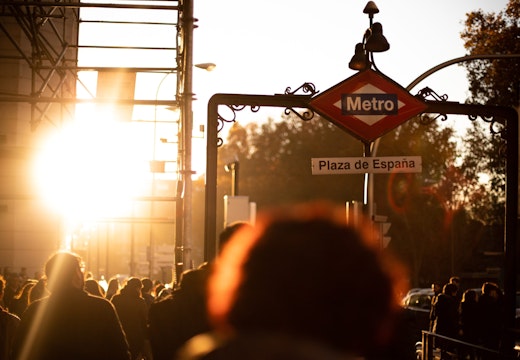Major McKinsey study calls on cities to adopt hybrid model
A new report from the McKinsey Global Institute insists that the trend to hybrid work is permanent and says that cities can combat rising urban vacancy rates in office and retail by adopting more flexible approaches themselves
Hybrid work is here to stay, according to a new report from the McKinsey Global Institute, which asserts that the cities must adapt their strategies to the new realities on the ground which have seen the percentage of vacant office and retail space jump since before the outbreak of Covid-19 in early 2020.

The authors of the report, ‘Empty spaces and hybrid places: The pandemic’s lasting impact on real estate’ argue that by taking hybrid approaches themselves, cities and buildings can both adapt and thrive. To embrace ‘hybridity’, city priorities might include developing mixed-use neighbourhoods, constructing more adaptable buildings, and designing multi-use office and retail space.
Superstar cities
The McKinsey report looks at real estate in nine ‘superstar cities’ – Beijing, Houston, London, New York City, Paris, Munich, San Francisco, Shanghai and Tokyo. ‘Superstar cities’ are defined as those with a disproportionate share of the world’s urban GDP and GDP growth. However, data sets were collected from a greater number of cities to better understand behaviour and help identify patterns in suburbanisation – a key trend identified by the research.
In asking to what extent real estate in superstar cities could continue to suffer, the Institute modelled future demand for office, residential, and retail space in several scenarios. In a moderate scenario, demand for office space was 13 per cent lower in 2030 than it was in 2019 for the median city in the study; in a severe scenario, demand fell by 38 per cent in the most heavily affected city.
According to the report, the most ambitious vision to address any scenario is a universal, ‘neutral-use’ building – the design, infrastructure and technology of which could be easily modified to serve different uses. Buildings could be designed to accommodate different degrees of collaborative and individual work, or different arrangements of open and closed offices.
For an in-depth discussion of the McKinsey Global Institute report, go to our Innovation Zone for WORKTECH Academy members and partners here.
Join WORKTECH Academy here.








